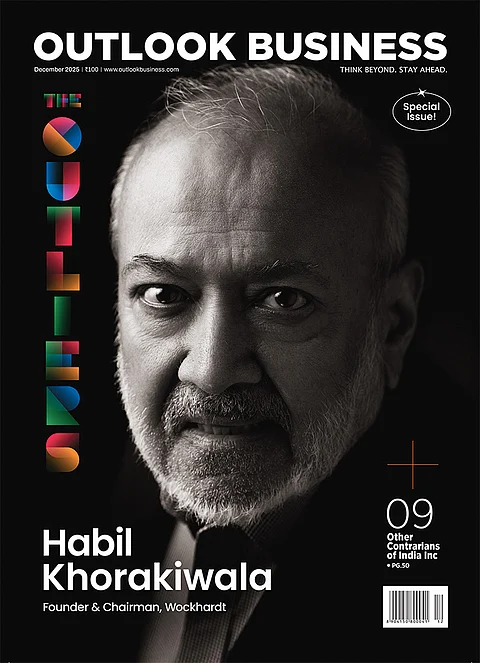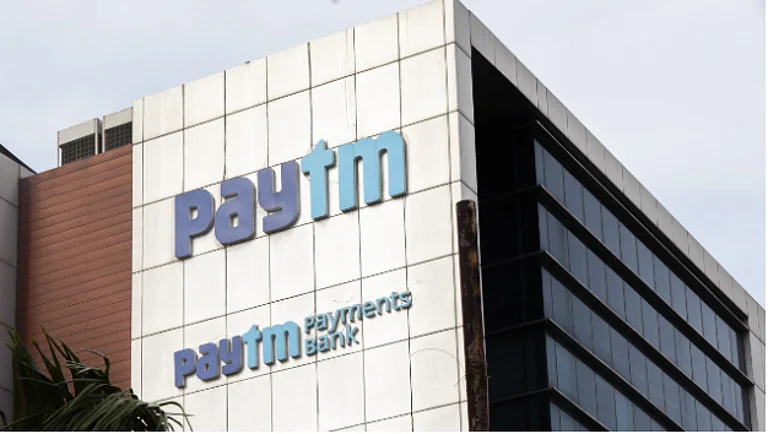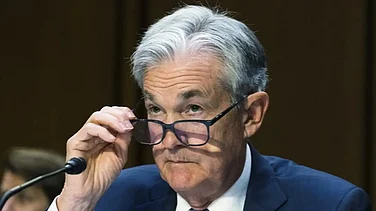The Reserve Bank of India (RBI) expects higher digital adoption and debit card transaction values to surpass those from credit cards.
“Higher adoption of digital payments and associated less-cash outcome is expected to reduce costs associated with usage of cash or near-cash substitutes. This would enhance the share of digital payments to GDP and contribute towards improved transparency in transactions,” says the RBI.
Payments Vision 2025
The document 'Payments Vision 2025' released few days back highlights the achievements on digital payments in the past and has laid out the future course of action and goals it intends to achieve in the future.
Since digital payments help reduce costs, higher adoption will enhance its contribution to the country’s GDP. Click here to know more about how India’s GDP got boosted due to usage of UPI in the past.
“Vision 2021 had envisaged a new era of digital transactions to provide Indians with e-payment options that were fast, secure, efficient and affordable. It is heartening to note that RBI has taken measures that will further enhance the safety and security for rural citizens, where digital and financial literacy continues to be core challenges. I believe Vision 2025 will foster a spirit of transparency and trust,” says Dilip Modi, founder, Spice Money, rural India fintech, in a statement.
“E-Payments for Everyone, Everywhere, Everytime (4 Es),” is the core theme of the RBI Payment Vision 2025. Here are some of the goalposts it has set regarding development of digital payments in India.
Future Goalposts
One of the specific initiatives the central bank plans is the introduction of an option to look for the payee’s name at the time of transferring funds using NEFT, RTGS and IMPS. This service would be beneficial for users since it will help them check the actual banking name of the beneficiary at the time of making the payment. This will help them be doubly sure that the payment is being made to the correct beneficiary. This feature is already live with UPI and its users can check the beneficiary’s official banking name at the time of making payments.
Apart from that, RBI has set five goalposts for itself that it hopes to achieve by 2025
Integrity: RBI in its Vision 2025 document noted the change/shift in consumer behaviour towards increased usage of digital and touchless modes of payments. There has been a 50 per cent spike in mobile banking users, it said. “The challenge to make this an irreversible shift, eventually seeking convenient and tailored payment solutions, would be pursued,” said the report.
Under this goalpost, several changes will be brought in. These include expanding interoperability to contactless transit card payments in offline mode, enhancement and scalability of cyber resilience of payment systems, leveraging online dispute resolution (ODR) system for fraud monitoring and reporting, others.
Inclusion: The RBI document says that inclusion in the payments ecosystem would be promoted through collection and publication of disaggregated payment data leading to policy enhancements. In addition, RBI would be open to explore and promote innovation in the sector by building UPI-like systems for cards and a framework for Internet of Things (IoT)-based payments, among others.
Some of the developments that RBI would undertake in this aspect are enabling geo-tagging of digital payment infrastructure as well as transactions, and enhancing the Cheque Truncation System (CTS), which includes One Nation One Grid clearing and settlement perspective. The document also said that it will attempt regulation of fintech firms in the payments space.
Innovation: RBI says that every payment system operated by it would be made to comply with ISO 20022 standard. It would also explore guidelines on payments made via buy now pay later (BNPL) mode. Apart from this other innovation-level changes like linking of UPI with credit cards would be undertaken.
Institutionalisation: The Vision 2025 document says that it would constitute a Payments Advisory Council (PAC) to assist the Board for Regulation and Supervision of Payment and Settlement Systems (BPSS). The central bank would also operationalise national card switch for card transactions at points of sale (PoS) and resultant settlements. At present all card transactions at ATMs are processed either through National Financial Switch (NFS) or ATM networks or the respective card networks in case of PoS. p
Internationalisation: RBI will continue exploring further global outreach of India’s UPI, RTGS, NEFT, and RuPay card network usages. Apart from this, it would also seek inclusion of Indian rupees in Continuous Linked Settlement (CLS).
RBI also spoke about central bank digital currency (CBDCs). “CBDC is also an area of interest for G20 under its priority initiative to enhance cross-border payments. The Reserve Bank is working towards the introduction of CBDC in India. Various use cases shall be studied and explored to bring in further efficiencies in domestic and cross-border payment processing and settlement using CBDCs,” read the report.
Expected Outcomes
- RBI expects volume of cheque-based payments to be less than 0.25 per cent of the total retail payments.
- It expected that there will be a three-time increase in the number of digital payment transactions.
- UPI is expected to register an average annualised growth of 50 per cent and IMPS/ NEFT at 20 per cent.
- RBI expects payment transaction turnover to increase to 8 per cent of GDP by 2025.
- The debit card transactions at point-of-sale machines are expected to increase by 20 per cent, and it is also expected that debit card transaction values will cross that of credit cards.
- RBI expects Cash in Circulation (CIC) as a percentage of GDP to reduce.























.png?w=200&auto=format%2Ccompress&fit=max)






